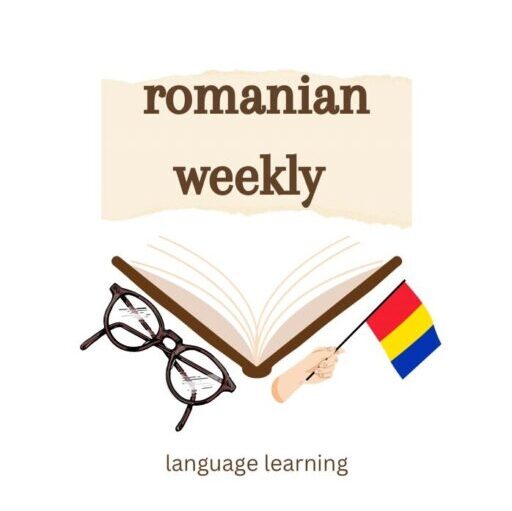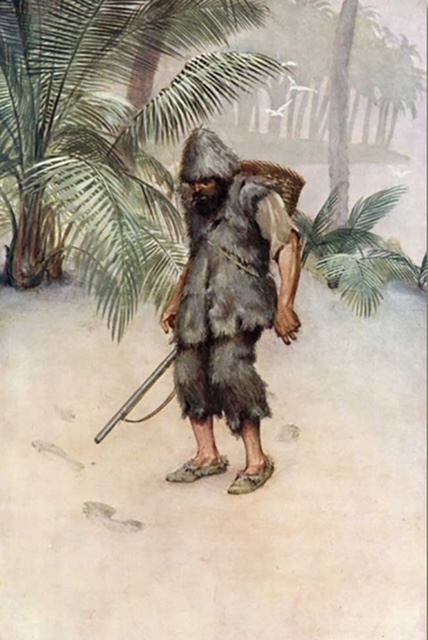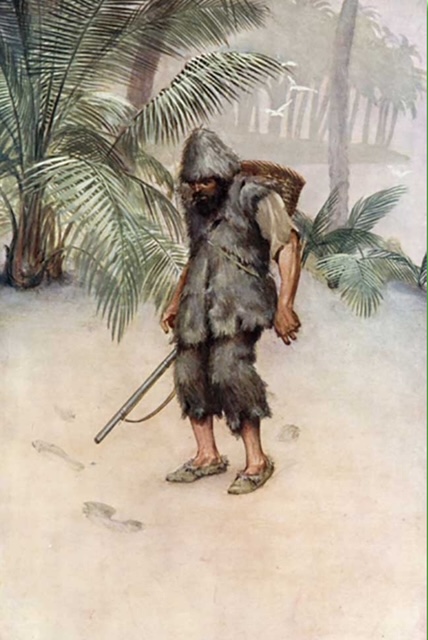
de Jenny Han
“Vara în care am devenit frumoasă” este un roman pentru tineri, publicat pentru prima dată în 2009. Este prima carte dintr-o trilogie care urmărește viața lui Isabel „Belly” și verile ei la casa de pe plajă din Cousins Beach, unde își petrece timp cu familia ei și familia Fisher. Povestea explorează teme de creștere, prima dragoste și complexitatea relațiilor.
În fiecare vară, Belly, mama ei, Laurel și fratele ei Steven merg la Cousins Beach pentru a sta cu Susannah Fisher și fiii ei, Conrad și Jeremiah. Aceste veri sunt mometul cel mai așteptat al anului lui Belly, pline de ieșiri pe plajă, focuri de tabără și prezența permanentă a fraților Fisher.
În această vară, Belly are aproape 16 ani și se simte diferit. Ea a crescut și începe să fie remarcată într-un mod nou de băieți, inclusiv de Conrad și Jeremiah. Băieții, care au văzut-o mereu ca pe o soră mai mică, încep să o vadă într-o altă lumină, adăugând complexitate relațiilor lor.
Belly a fost îndrăgostită de Conrad de când își amintește, dar el a fost întotdeauna îndepărtat și aparent neinteresat. În această vară, Conrad este mai capricios ca niciodată, se ocupă de propriile probleme pe care le ține pentru el. În ciuda acestui fapt, Belly încă nutrește sentimente pentru el, sperând că în sfârșit o va observa.
Dinamica de la casa de pe plajă devine tensionată pe măsură ce Belly își navighează sentimentele atât pentru Conrad, cât și pentru Jeremiah. Jeremiah, care a fost întotdeauna un bun prieten cu Belly, începe să manifeste un interes romantic pentru ea. Belly este sfâșiată între îndrăgostirea ei de mult timp pentru Conrad și sentimentele noi și incitante pe care le are pentru Jeremiah.
Sentimentele romantice ale lui Belly ajung la apogeu când se trezește prinsă între Conrad și Jeremiah. Ea trăiește emoțiile și durerile de inimă ale primei iubiri, învățând despre ea însăși și despre persoanele de care îi pasă în acest proces. Romanul se termină cu tensiuni nerezolvate, pregătind scena pentru cărțile ulterioare din trilogie.
In English:
The Summer I Turned Pretty is a young adult novel by Jenny Han, first published in 2009. It is the first book in a trilogy that follows the life of Isabel “Belly” Conklin and her summers at the beach house in Cousins Beach, where she spends time with her family and the Fisher family. The story explores themes of growing up, first love, and the complexities of relationships.
Every summer, Belly, her mother Laurel, and her brother Steven go to Cousins Beach to stay with Susannah Fisher and her sons, Conrad and Jeremiah. These summers are the highlight of Belly’s year, filled with beach outings, bonfires, and the enduring presence of the Fisher boys.
This particular summer, Belly is 15 going on 16, and she feels different. She has grown up and is starting to be noticed in a new way by boys, including Conrad and Jeremiah. The boys, who have always seen her as a little sister, begin to see her in a different light, adding complexity to their relationships.
Belly has had a crush on Conrad for as long as she can remember, but he has always been aloof and seemingly uninterested. This summer, Conrad is moodier than ever, dealing with his own issues that he keeps to himself. Despite this, Belly still harbors feelings for him, hoping he will finally notice her.
The dynamics at the beach house become strained as Belly navigates her feelings for both Conrad and Jeremiah. Jeremiah, who has always been a good friend to Belly, starts to show romantic interest in her. Belly is torn between her longstanding crush on Conrad and the new, exciting feelings she has for Jeremiah.
Belly’s romantic feelings come to a head as she finds herself caught between Conrad and Jeremiah. She experiences the thrills and heartaches of first love, learning about herself and the people she cares about in the process. The novel ends with unresolved tensions and emotional cliffhangers, setting the stage for the subsequent books in the trilogy.









